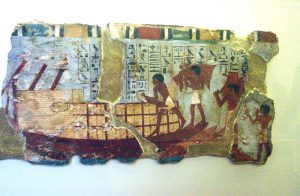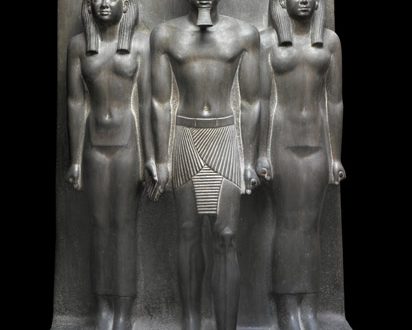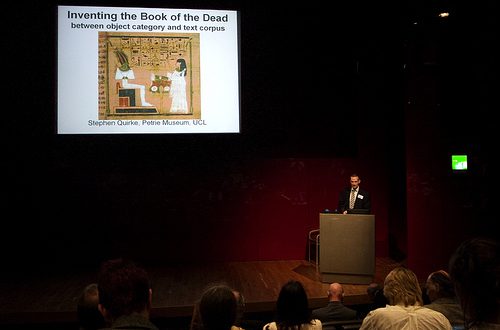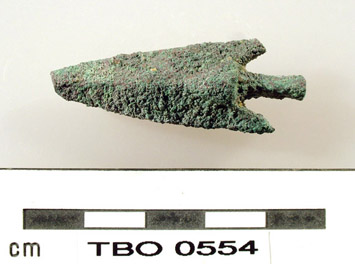
This chapel from the mastaba (tomb) of Akhethotep was where priests and family of the deceased would have come to offer food and drink to his spirit, and recite texts that would assist him in the afterlife. It is made of limestone, decorated with bas reliefs and texts; original polychrome decoration is visible in some places. While Akhethotep’s body was buried in a subterranean vault at the end of a shaft, the chapel stood above ground and was easily accessible. The west wall is carved with a false door, which served as a symbolic passageway between the land of the living and that of the dead. On the entrance passage wall, we see Akhethotep himself supervising the provisioning of the tomb; his son is shown offering incense to his statues, and sacrifices are made. The funerary meal is shown – Akhethotep sits in front of the food offerings, dancers entertain, and animals are slaughtered; we also see his estates, with scenes of boating which allude both to his journeys in real life, and to his voyage on the waters of the dead.




